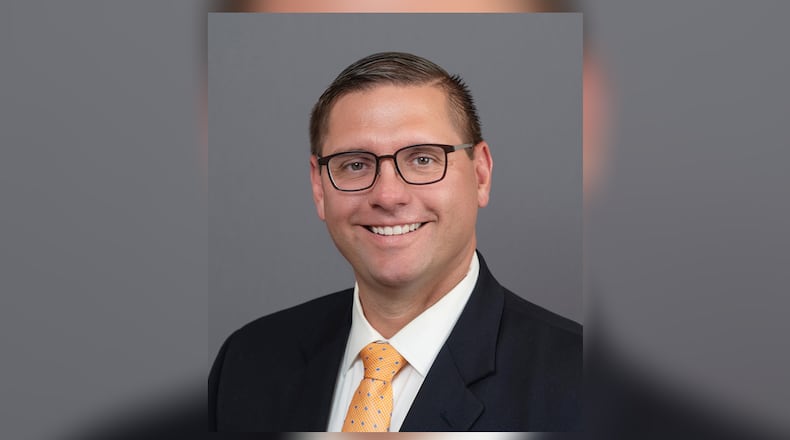Recent studies show that the one-hour transition may have an impact and can cause risks on heart health.
“(There are) specific heart conditions that maybe follow a circadian-type pattern, and that’s what this is all about,” said Dr. J. Bradley Gibson, a cardiologist with Premier Health.
Circadian rhythms are 24-hour cycles that are part of the body’s internal process to help carry out functions such as the sleep-wake cycle.
Gibson said they see more heart attacks in the middle of the night and early in the morning, which tends to go with the circadian rhythm. He said the exact underlying mechanism iS unknown, but there are some theories.
“We’ve always thought maybe secondary to hormone surges, different stresses that are happening with the body during sleep, maybe the recovery pattern, and so Daylight Saving Time kind of falls into that category,” he said. “It’s possible that the number of daylight hours may affect this as well.”
Although the exact cause is not known, many things factor in when talking about Daylight Saving Time that could be an underlying culprit, Gibson said. Doctors not only see heart attacks, but they see abnormal heart rhythms as well, specifically atrial fibrillation (AFIB).
“We’re seeing these heart attacks in the middle of the night or early morning hours, and we’re seeing our biological clocks being affected by Daylight Saving Time... We may be seeing increased stresses that we’re not used to seeing with either losing sleep, gaining more sleep, or potentially the effect of more daylight hours means maybe more activities that we’re not used to doing, so undue stress on the body as well may be a problem,” he said.
When it comes to the time change, stress management and sleep are very important. Gibson said cardiologists have seen many studies that have shown an association with increased stress levels and a decrease in sleep patterns put a strain on our body, our adrenalin levels elevate and our heart hormones surge abnormally.
Another thing to consider is traditional risk factors such as blood pressure, sugar and cholesterol.
“With respect to losing an hour or with Daylight Saving Time, I think the awareness is the biggest factor... The more emphasis we have with public awareness I think is going to make a big different. Don’t ignore the warning signs and avoid abrupt strenuous activity. Be aware of the symptoms of heart attack and stroke,” Gibson said.
About the Author

